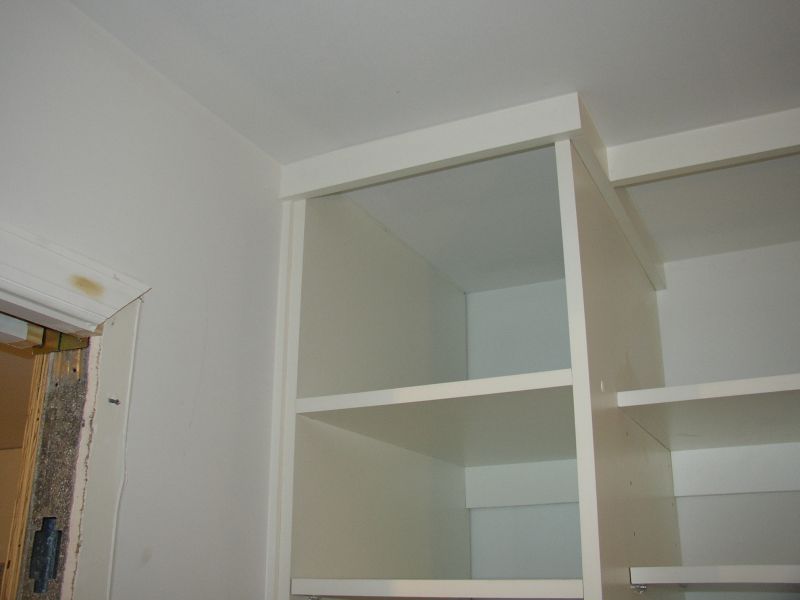Tinting body filler -- it can be done!
Searching out an epoxy filler that can be color-mixed, for filling large knot holes. March 20, 2001
Q.
I'm looking for an epoxy wood filler for large knot holes (1" or so), and need something that will take a pigment in the mixing.
Forum Responses
You can use Bondo for large holes. Bondo is polyester and it can be tinted. There are color dispersions specifically made to tint it. Use the white hardener with these dispersions and you can get many different shades.
If you are going to use Bondo or any other polyester filler (a product that uses benzoyl peroxide as the hardener), one way to color the material is to add fresco colors. These are dry powder pigments also known as Mohawk's Blendal Powders, Behlen's Furniture Powders, Star's Match-O-Blends, etc. The drawback is that the cured color is different from the cured and sanded color.
Konig makes a clear polyester two part filler which can give you better results with the coloring. Their filler is called Rex Lithe (available in wood tone brown, white and clear). You color the material with their #240 colorant, a lacquer based coloring material. The more you add, the different the drying times for the Rex Lithe. It cures to a harder surface than do automotive polyester fillers. It is used as part of the Konig polyester finish repair system. After curing, it is best leveled with a cabinet scraper. Using a hair dryer on the material will speed up the cure.
If using solvent, is Famowood the right material to use for this application? Famowood comes in many premixed colors.
Minwax two-part filler has a dry time that is just too long compared to other products. But it is wood tone (light tan). I have read that the cured Minwax product is lacking in performance strength.
From the original questioner:
I use Lockwood, but are the powders you recommend oil, water or alcohol based?
The dry pigment powders that are used to color Bondo-type materials are inert. If you are using Lockwood dyes to color Bondo, use the alcohol soluble powders.
I like Famowood for the majority of fills I have to do in my refinish work. I don't seem to have much shrinkage trouble with it, but I don't push my luck trying to use it for fills much larger than 1/4", unless they are very shallow.
In the past I used Bondo for large fills. I don't anymore. It doesn't have a strong adhesive quality, so it didn't always stay put.
I since found West System Epoxy to be reliable for big fills, but it has a one day dry-time. It is stable once cured and has good adhesive qualities. You use gauged pumps to dispense resin and hardener, so there should never be a problem with mix ratio. They sell additives to thicken it to whatever purpose you need, without compromising strength. It can be tinted with standard touchup powder colors.
We use Golden Extra Bondo made by Marston. Any good automotive paint store should carry it. This is a light golden color and when you add just the right amount of red hardener, you can match most wood colors pretty close. For lighter colored wood, they make a white hardener and also a blue hardener--small amounts of each can be mixed to achieve many shades. I use a stabilo pencil (for marking on glass), usually brown or black, and add in grain lines to match the surrounding area (an airbrush works well, also).
For large holes and flaws, we use quick-cure epoxy resin from System Three and color it with trans-fast aniline dye powder. You can also use universal colors for enamel paints from your paint store. Go light on the color. For small cracks and pinholes, we use shellac sticks from Mohawk finishing supplies. After the seal coat is sprayed, we use touch-up markers.
